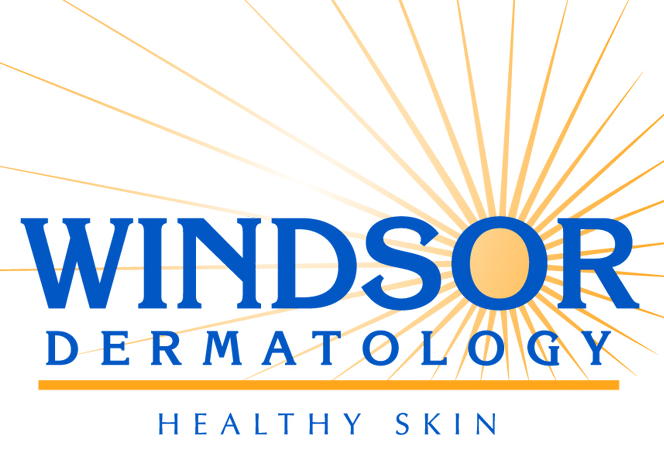Americans are living longer than they ever have in history, thus, the geriatric population represents one of the fastest growing segments of the population. While their skin problems are not unique, there are several cutaneous problems that are more common in this population. Specifically, bruising, itching and skin cancer are much more prevalent.
Bruising is the result of multiple issues including, thinning of the skin, changes in the skin’s architecture and usage of blood thinners. Currently, it is difficult or impossible to reverse or avoid these problems so individuals should be warned to ignore products that make outrageous claims of treatment success. In addition, they should be educated on how to treat wounds when they do develop.
Itching is another common problem that can stem from multiple issues. Common culprits include: medications, underlying medical problems and dry or irritated skin. A complete assessment will entail a review of the patient’s medical issues including lab work, a review of their medications and a complete skin exam. If one is highly suspect of underlying medical issues or medications as a cause, every effort should be made to modify these factors in an attempt to stop the itch. Next, treatment options typically involve various topical medications including: emollients, steroids and menthol. If necessary, systemic medications or photo-therapy can also be helpful although care must be taken not to generate more troublesome side effects or interactions with other critical medications.
Next we will examine the difference in treating skin cancer for this age group.
Brian Robert Keegan, M.D., Ph.D, Board Certified Dermatologist - Prior to joining Windsor Dermatology, Dr. Keegan worked at the University of Miami and the Miami VA Hospital for 3 years.
Monday, January 31, 2011
Subscribe to:
Posts (Atom)




